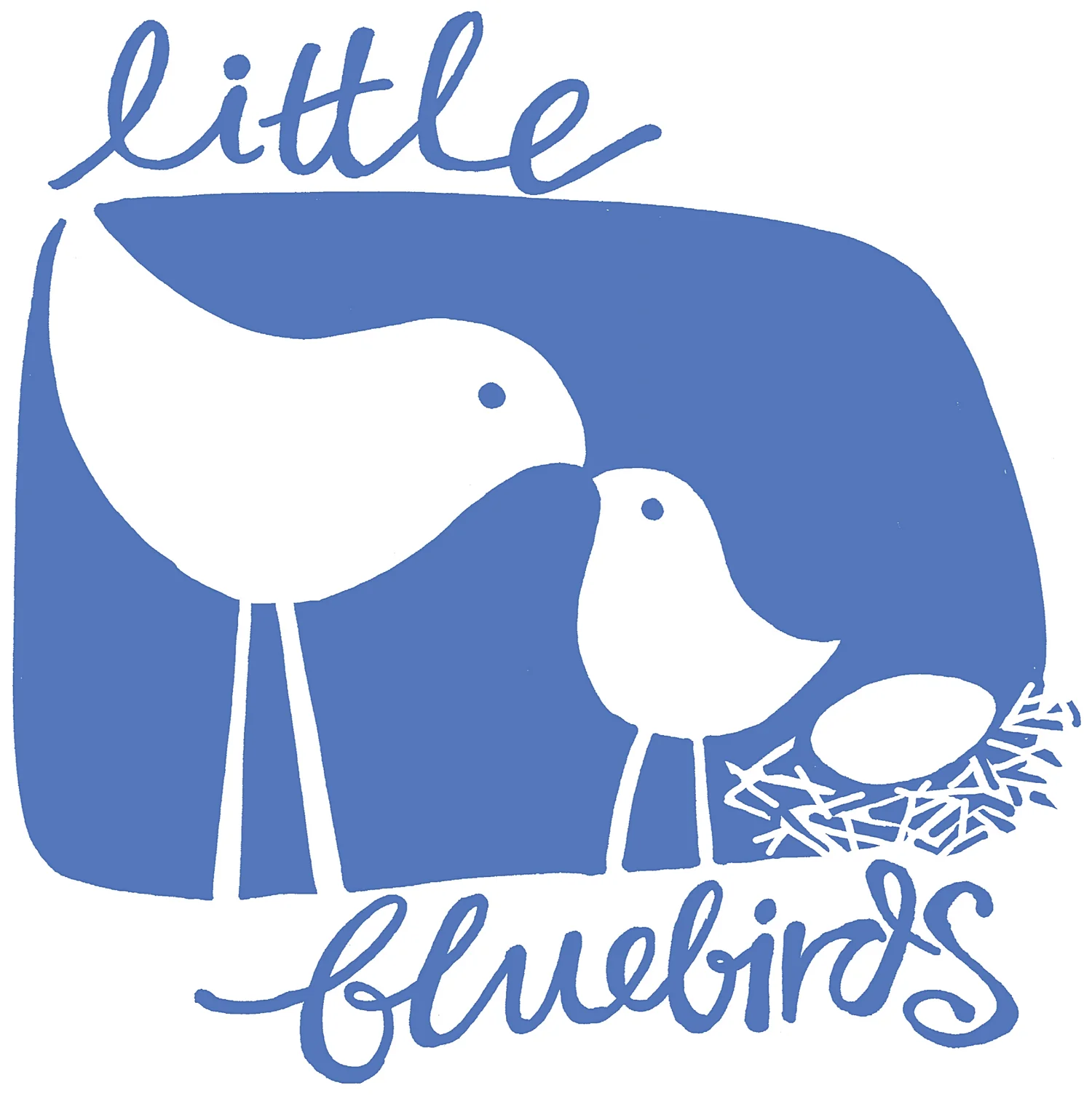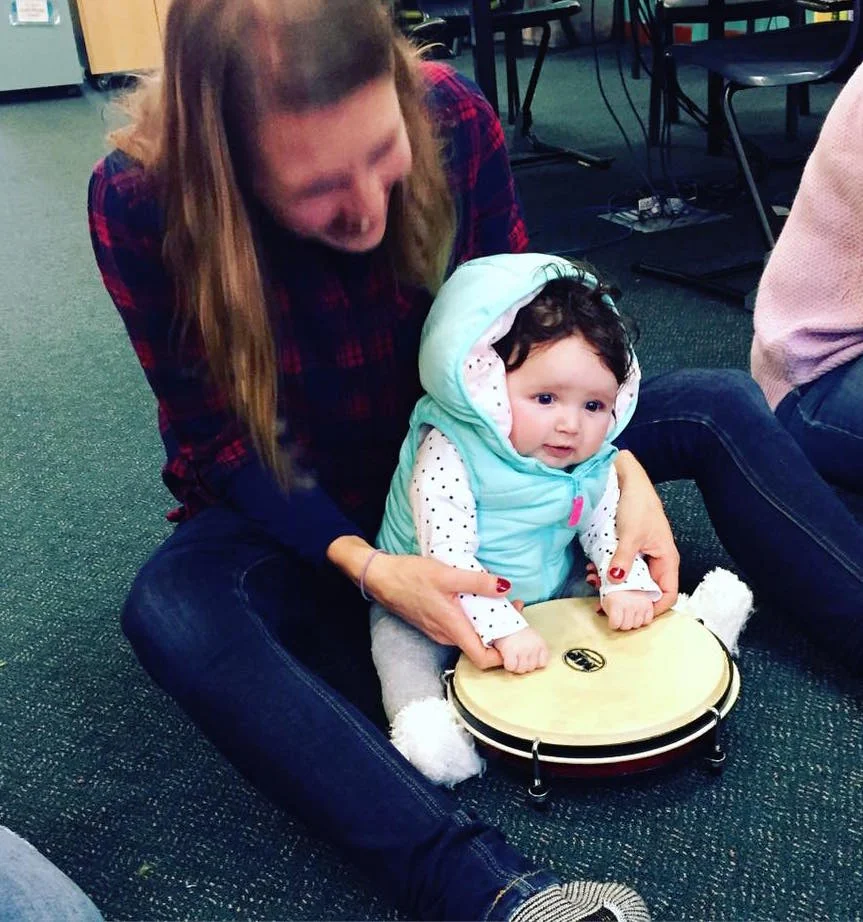Beat it!
Do you know a baby that bops along as soon as they hear music? Or a child that just has to get up and dance to their favourite song? Or perhaps YOUR foot starts tapping as soon as the music starts - even if it is one of those ad jingles that drive you crazy??!?
Some people just seem to have the beat in their body - these are the ones that can clap in time at a concert, dance gracefully and always tap their toes or click their fingers along to a tune.
So, how can you help YOUR child develop a strong sense of beat?
1. Help them feel the beat in their body (you can start right from birth!)
* Rock them in time to a lullaby
* Bounce them on your knee as you say a rhyme or sing a song. Click here for some of the little bluebirds favourites.
* Listen to music and tap the beat on their body... on their back, on their feet, on their knees. Try classical music, jazz, pop, rock, folk, hiphop... any genre at all. But do try to select quality music. You don't feed your baby junk food, so don't let them hear bad music made by bad musicians!
2. Let them set the beat (when they're a little bigger)
* Let your child set the beat and then add music. e.g. If you see them hammering on a block or banging their spoon on the high chair or bouncing on your knee, start saying a rhyme or singing a song in time with THEIR beat. Try Round & Round the Garden or Twinkle Twinkle.
This 4 year old little bluebird sets the beat on a tambourine while I sing
3. Ask them to match a set tempo or speed (once they can maintain a beat at their chosen tempo)
* Move to music. Listen to music but now invite them to keep the beat on their bodies. Stationary actions are easiest. Little people won't be developmentally ready to walk on the beat until they are at least seven! There are some ideas for actions to try further down but I'm sure you and your child will come up with many, many more.
* Play a percussion instrument. A drum you play with your hand is a good place to start (it doesn't need to be a real drum... an upside bowl, bucket or saucepan can work well too!).
Keeping the beat on the glockenspiels to a set tempo - Rain, Rain go away
Actions to try:
* The easiest beat motion for little people is tapping. Try tapping on knees, the floor, one hand onto the other hand, tummy, head or their bottom (accompanied by hysterical laughing of course). But it is actually very hard for little people to keep a steady beat on their shoulders so don't be surprised if they find this tricky!
* Swinging arms back and forth
* Shaking hands
* Hammering one fist onto the other
* Twisting from the waist
* Bobbing up and down
A note about tempo (speed)
* Children have a preference for keeping the beat at tempos between 120 and 136 beats per minute. This is about 2 beats/second. Hmmm... I wonder where they have heard a steady beat at that tempo? Lub-dub lub-dub lub-dub. Listen to these womb sounds and you'll understand why this tempo is so natural for small children:
* Later they can try matching beat tempos that are slower or faster but it will be much harder for them. Even many adult musicians find it difficult to maintain a slow tempo without speeding up!





